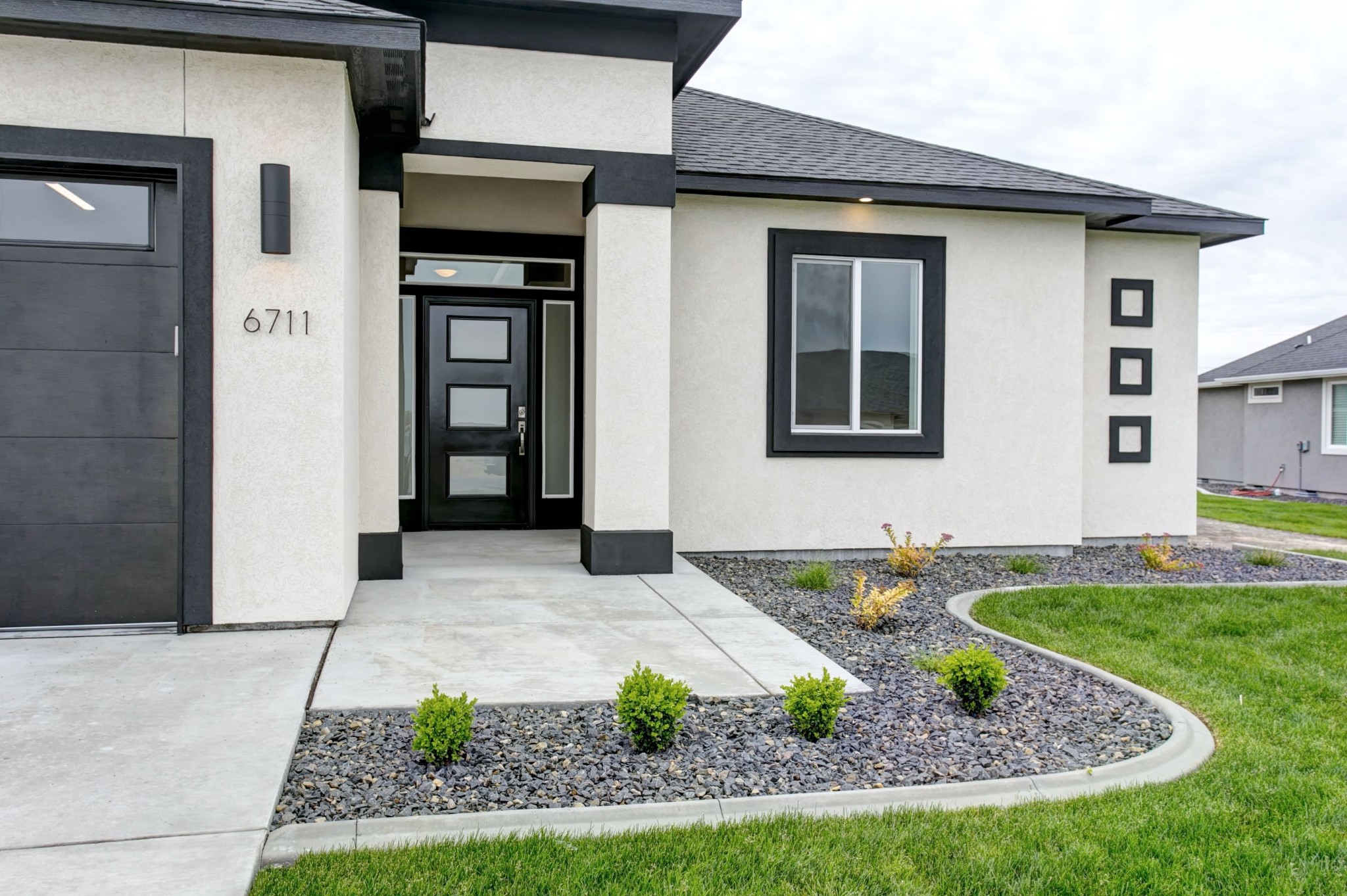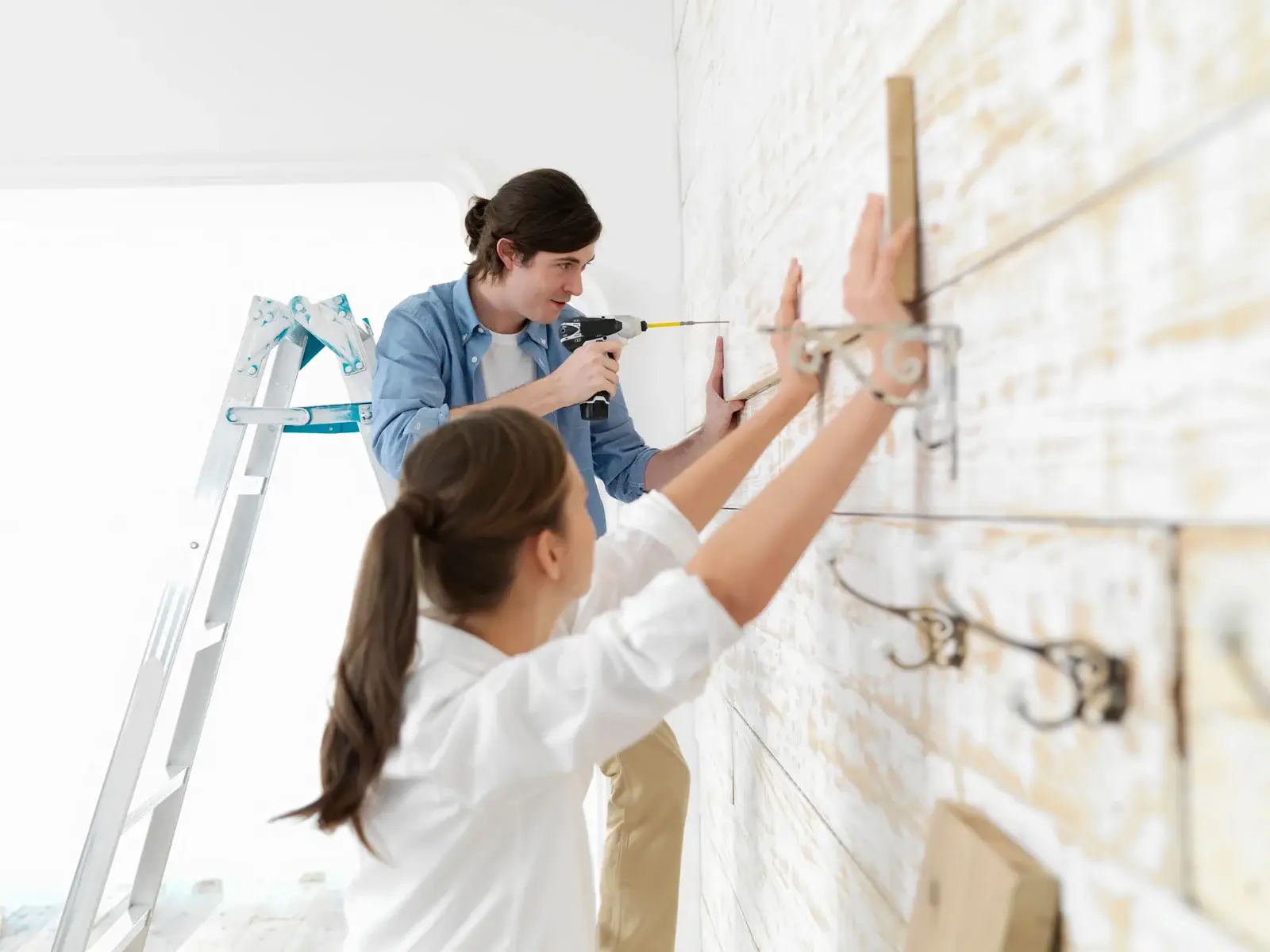There have been so many misconceptions about EIFS Stucco.
These are things you will not find anyone talking about. In the past, unauthorized installers came up with so many issues for homeowners. Some of these issues included unacceptable ways of applying EIFS to houses, developing leaks and cracks, which caused the home’s surface underneath the EIFS to mold. As a result of this, it caused a rage of necessary repairs for homeowners, which created a lot of bad news for it till today. It’s not surprising that today, EIFS tends to have a bad name but the truth of the matter is that, EIFS is not a risky material to use on your home. However, you must hire the right installer to ensure that it is properly fixed in your home.
Durock, Sto, and other manufacturers of EIFS give installers a manual to learn how to install EIFS correctly. Also, when looking for a contractor, it’s important to ask about their certifications. You must purchase your EIFS from the EIFS distributor. The manufacturer or distributor must train applicators and issue certificates stating that the applicator has been properly trained. It is the responsibility of the distributor to ensure that EIFS is sold only to those expert applicators and no one else to prevent damages in the long run. You can also reject or say no to Exterior insulated finish system base on these three reasons:
Deviation from EIFS installation guidelines
Deviating from the guidelines during the installation process is one of the reasons why we have many EIFS problems today. There should be strict observance of manufacturer recommendations, specifications, and guidelines. When it is improperly applied, the EIFS cladding does not perform its deliberate function. This can allow water to infiltrate behind the cladding, where it becomes trapped.
EIFS Installation details are procedures by the EIFS manufacturer that guide the architect, builder, and applicator on how to use the product carefully. The guide of these manufacturers are normally similar but there are still some peculiar differences. Some applicators complain that the “Installation Details” are there for specific parts of the country. And is exposed to certain weather conditions, and not to them. This can’t be changed from the truth and has caused some expensive repairs to be made. When installed properly, many EIFS can perform well. However, EIFS is a very unforgiving product and even the smallest deviation in installation standards and quality of components can lead to big problems in the long run. The below are some of the common deviations we face:
- Improperly flashed and caulked windows.
- Improperly installed or flashings missing.
- Expansion joints at dismissal materials.
- Foam insulation paced below grade.
Lack of Care and Maintenance
Proper maintenance should be look up to. The building will last for a very long time if this is done. The first EIFS walls were in existence in the 1960s and most of them are still in use as I am writing this piece(2021). With proper EIFS installation and maintenance, it can protect and beautify the exterior surfaces for a longer period than the traditional stucco. Be sure to follow these steps very well.
- Regular Cleaning: For any building exterior, it can become stained over time. Regular cleaning can maintain the exterior to look its best but make sure to use the appropriate cleaning method that will not damage the surface. Hire a company with experience in cleaning the systems. There is no product out there that is maintenance-free.
- Inspections: Check for cracks, deterioration, and defects that may have occurred over time. If you encounter any damages, immediately consult experienced personnel for repairs. I advise you to schedule this with a specialist to do this regularly. It is very important to fix up any damage the moment you discover it.
Moisture Problems in EIFS
The most talked-about problem of discussion. This is where all the problem lies. This happens when you deviate from installation guidelines. That is, you don’t do any maintenance, and also contracting the wrong person to do the installation. There are several sources of water intrusion in barrier EIFS, including improper joints around penetrations, improper joints where EIFS meets dissimilar materials, and lack of proper flashings. Water can also enter the system through cracks in the surface of the EIFS, no matter how small the crack. Practically, any joint or penetration in the stucco material may be doubtful. It has been tested and found to be the best performing cladding with moisture control when compared to brick, traditional stucco, and others these days.
During those times, one of the biggest concerns about any building cladding system was the potential for moisture intrusion behind the cladding system. It has been tested and has improved over the years to address this concern. Today, most EIFS installations include a wall drainage system that provides drainage to keep the system free from moisture.
Wall drainage EIFS systems are like cavity walls. They are put in over a weather barrier behind the insulation that works as a secondary drainage plane. The weather barrier must be properly flashed and coordinated with all other portions of the exterior wall to prevent water from migrating into the underlying walls or interior.
To Conclude:
I will say with these three studies sufficiently digested, you can take your decision now as to whether to reject EIFS or continue using it. If you want more you can check why you should buy EIFS stucco. These are basic things that when you have the right installer it can be clear off from your mind. This wouldn’t let you think of whether to reject it. Sky Stucco Systems is a reliable installer of synthetic stucco. Do you still have further questions? You can drop that under the comment section.

















